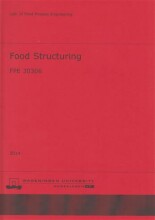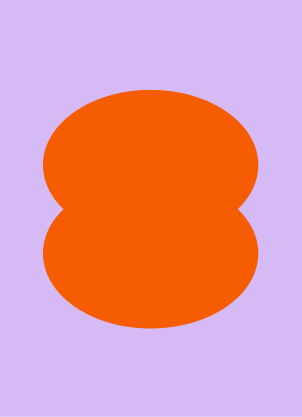Try our study magic for free
Summary: Knowledge Clips
- This + 400k other summaries
- A unique study and practice tool
- Never study anything twice again
- Get the grades you hope for
- 100% sure, 100% understanding
Remember faster, study better. Scientifically proven.
a PDF, study it super fast
- No sign up, email or credit card needed!
- AI makes unlimited flashcards
- Get unlimited quizzes and tests
- Ask AI anything
Create a notebook
- No sign up, email or credit card needed!
- Have and keep perfect overview
- Make flashcards, notes and mind maps
- Review, test and score!
Read the summary and the most important questions on Knowledge clips
-
1 Proteins
-
1.1.1 Structure and terminology- amino acids
-
How is a C-atom with different atoms on every side called?
Chiral atom -
What is the difference and occurrence of the 2 stereoisomers?
L is on the left, occurs in nature. D is on the right and is present after processing, it is non-digestible to humans. -
What is the difference between the alpha and beta amino-acid?
Alpha is the C atom next to the functional carbonyl (COOH) group, beta is the C atom next to it. Note: both of them can have a NH3 attached. -
How can amino acids be classified based on side-chain?
- Non-polar, non-charged
- Polar, non-charged
- Polar, charged
- Non-polar, non-charged
-
How can amino acids be classified based on nutritional value?
- Essential
- Conditionally essential
- Non-essential
- Essential
-
1.1.2 Structure and terminology- peptides
-
In what situations does the trans or cis conformation of a peptide take place?
Trans --> in nature
Cis --> after processing -
1.1.3 Structure and terminology- proteins
This is a preview. There are 1 more flashcards available for chapter 1.1.3
Show more cards here -
Mention 3 system conditions that can change the structure of proteins
- Temperature
- pH and ionic strength
- Solvent
- Temperature
-
Which 3 different types of interactions stabilise the quaternary structure of proteins?
- Hydrophobic interactions
- Disulfide bonds
- Charge
- Hydrophobic interactions
-
What can the presence of a reducing agent do to structural forces used for protein folding and stability?
It can break the disulphide bonds (S-S). -
1.1.4 Structure and terminology- protein classification
This is a preview. There are 3 more flashcards available for chapter 1.1.4
Show more cards here -
Give examples of the classes of proteins based on structure and give their natural solubility
- Globular (blood, soy) --> high
- Fibrillar (gelatin, meat) --> low
- Random coil (caseins) --> high
- Other (gluten) --> low
- Globular (blood, soy) --> high
Read the full summary
This summary +380.000 other summaries A unique study tool A rehearsal system for this summary Studycoaching with videos
- Higher grades + faster learning
- Never study anything twice
- 100% sure, 100% understanding
Topics related to Summary: Knowledge Clips
-
Introduction - Prior knowledge - Exercises
-
Introduction - Production of protein isolates
-
Introduction - Properties of hydrolysates
-
Introduction - Effects of heating and processing
-
Introduction - Exercises
-
Introduction - Structure function relation
-
Introduction - Gel properties
-
Introduction - Foam of industrial protein preparations
-
Introduction - Introduction lecture
-
Polysaccharides - Prior knowledge - Structure and terminology- Monosaccharides
-
Polysaccharides - Prior knowledge - Polysaccharides: Functional properties
-
Polysaccharides - Prior knowledge - Exercises
-
Polysaccharides - Pectin: Gelling properties
-
Polysaccharides - Galactomannans
-
Polysaccharides - Xanthan
-
Polysaccharides - Alginate
-
Polysaccharides - Starch
-
Polysaccharides - Various food gums
-
Polysaccharides - Cellulose and starch modification
-
Polysaccharides - Selection of polysaccharides
-
Polysaccharides - Exercises
-
Polysaccharides - Introduction lecture
-
Physical aspects - Prior knowledge
-
Physical aspects - Foam formation
-
Physical aspects - Preparation of emulsions
-
Physical aspects - Surface active material
-
Physical aspects - Particle and polymer gels
-
Physical aspects - Instability mechanisms
-
Physical aspects - Instability mechanisms - creaming and sedimentation
-
Physical aspects - Rheology of dispersed systems
-
Physical aspects - Gel - Mixed gels and filled gels
-
Physical aspects - Emulsions
-
Gel - Effect of environmental conditions on gel strength
-
Gel - Decision tree gel
-
Foam - Improving stability of foams
-
Foam - Decision tree foam
-
Physical aspects - Exercises



























